When you make purchases through links on this site, The Track Ahead may earn an affiliate commission. Also, these posts are based off my own experiences. I am not responsible for any action you take as a result of reading this. Learn More
It boggles my mind when vehicle owners change out their car’s air filter regularly, yet neglect the cabin air filter which filters the air that the people inside breath. When outside air comes into the vehicle, it passes through the cabin air filter before it enters the cabin. So in the interest of your health, you should change the cabin air filter out on a regular basis.
For the 4th generation Toyota 4Runner, it is recommended that the cabin air filter be changed out every 24 months, or at 30,000 mile intervals. However, if you use a charcoal-activated filter, they typically have half the life span of standard paper air filters. Unless you go with a re-usable or serviceable cabin air filter such as a K&N one, you should replace the filter whenever it is time to do so.
Tools and Materials
Cabin Air Filter
There are three main types of cabin air filters you can get nowadays: a standard paper filter, a charcoal-activated paper filter, and a reusable filter. Here is a bit of info on each:
Standard Cabin Air Filter – The standard air filter (such as the OEM filter that came with the car) is a paper element that mainly acts as a physical barrier against leaves, debris, and small particulates that make its way through the fresh air intake and into the cabin. Lifespan of about 24 months or 30k miles.
Genuine OEM Toyota Cabin Air Filter (87139-47010)
Charcoal Activated Carbon Air Filter – This builds on the standard air filter by adding activated charcoal. In addition to being a physical barrier to debris, it also absorbs fumes and various odors. These filters tend to have a shorter lifespan than the standard air filter: about 12 months or 15k miles.
Spearhead Cabin Filter w/Activated Carbon (BE-846A)
EPAuto CP846 (CF9846A) Cabin Air Filter includes Activated Carbon
Reusable Cabin Air Filter – Using a reusable cabin air filter is not only an eco-friendly option, but it can also cut down on costs if you plan to use it long term. The most popular reusable air filter is made by K&N and they offer a 10-year, one million mile warranty on their products. The K&N reusable air filters are intended to last the life of the vehicle.
K&N Premium Cabin Air Filter, VF2002
Ultimately, I’ve chosen to go with the charcoal-activated filters over the years as I like to minimize the amount of odors and fumes that enter my car through the fresh air intake.
How to Replace Cabin Air Filter
First, open the glove compartment and clear it out to provide a clear area to work. The black plastic trim behind the glove compartment which houses the hidden tray needs to be removed in order to gain access to the cabin air filter.
Using a Phillips head screw driver, remove the four screws that hold this plastic trim piece in place. There are two screws located in the upper left and right corners, and then two more recessed at the lower left and right corners.
Once the four screws are removed, you can use your hands to pull this piece off.
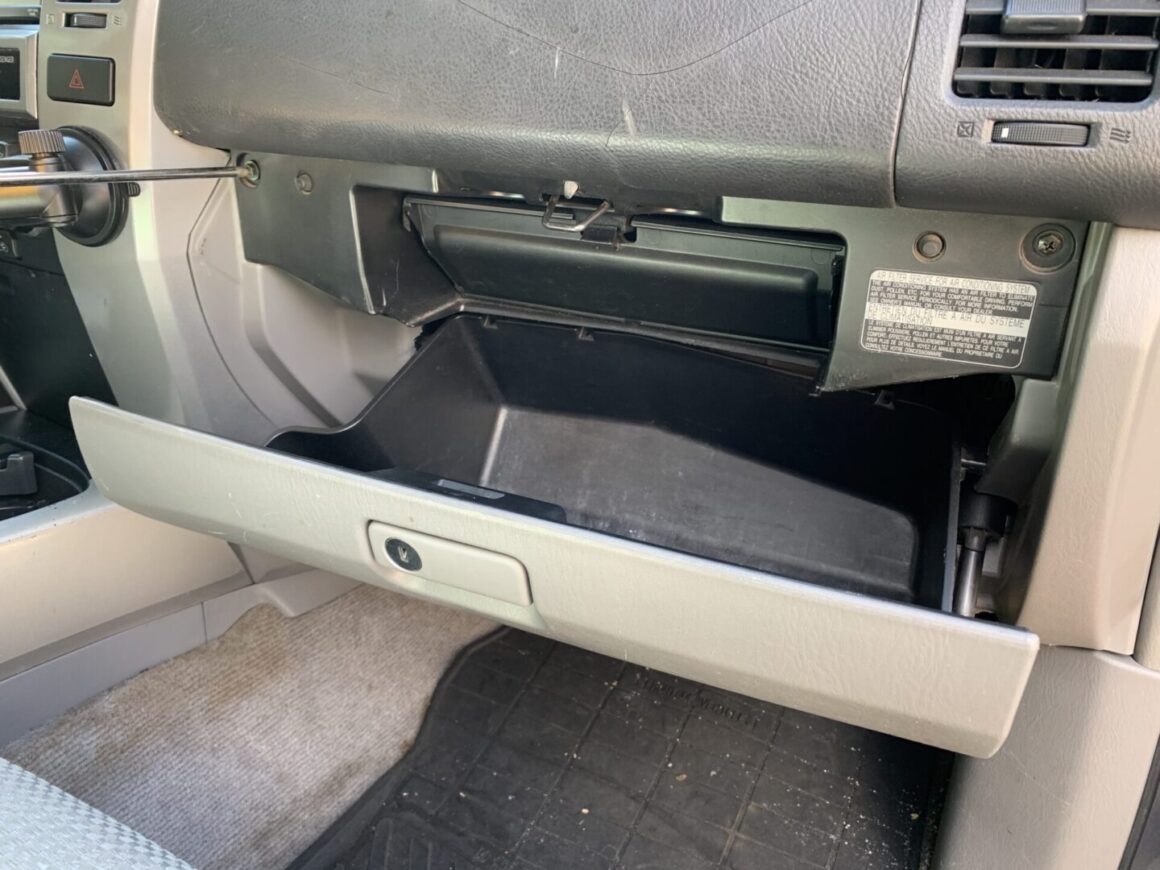
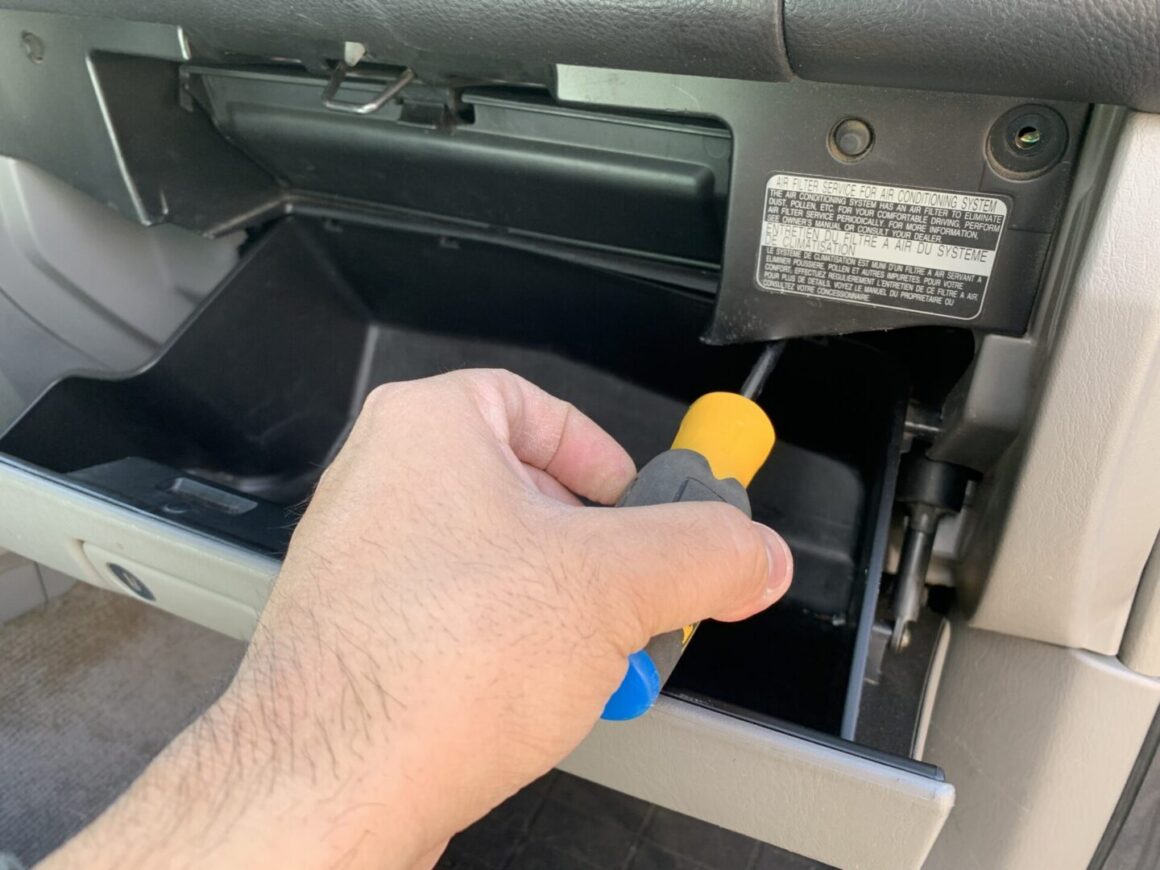
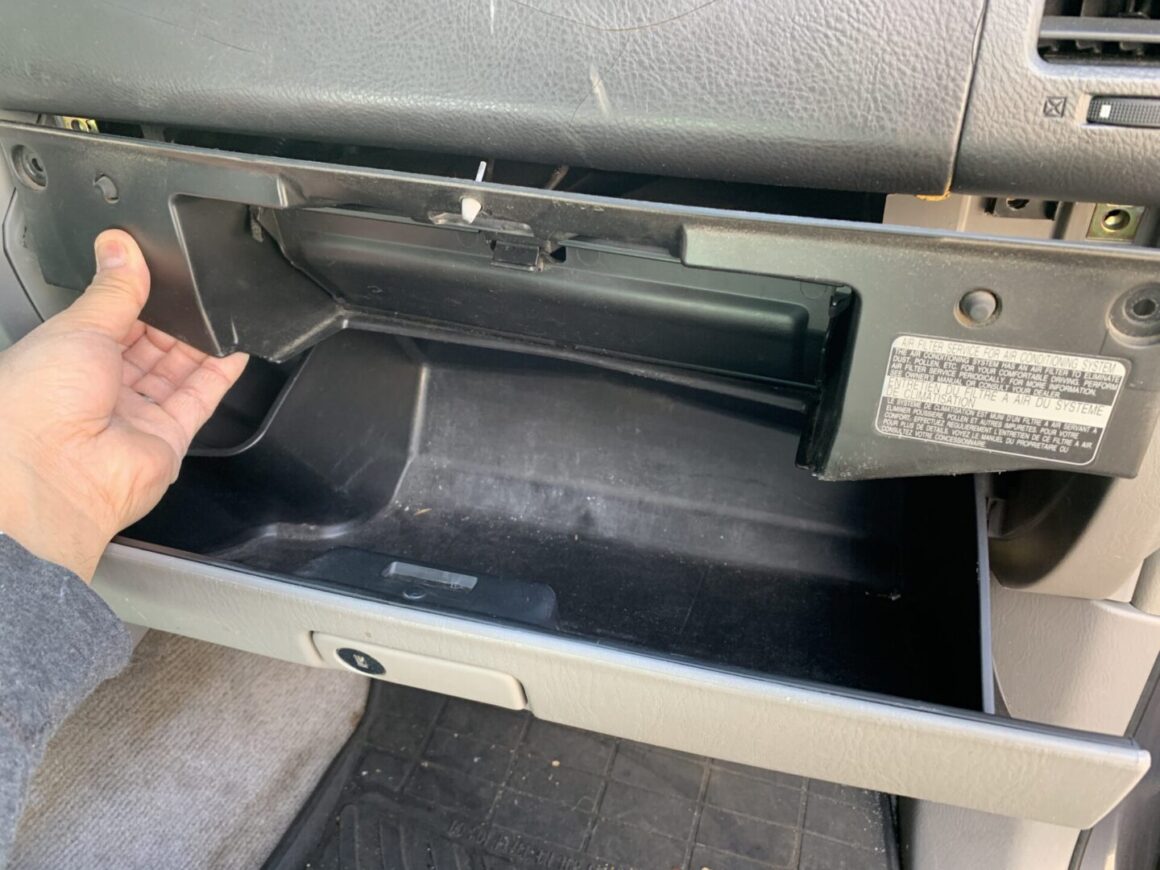
With this black plastic trim piece removed, you’ll have access to the blower and the cabin air filter. The cabin air filter is housed in this pull out tray, which you remove by pressing inwards on the two outside tabs and then pulling it out towards you.
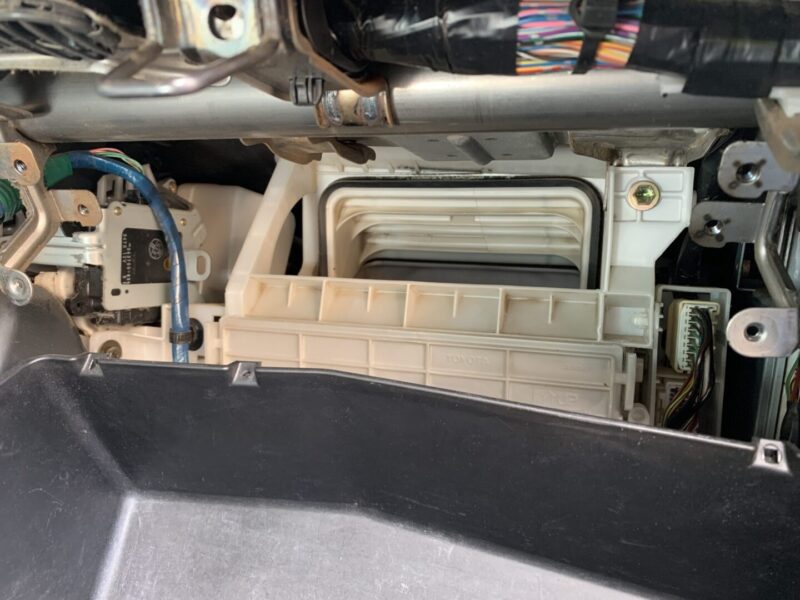
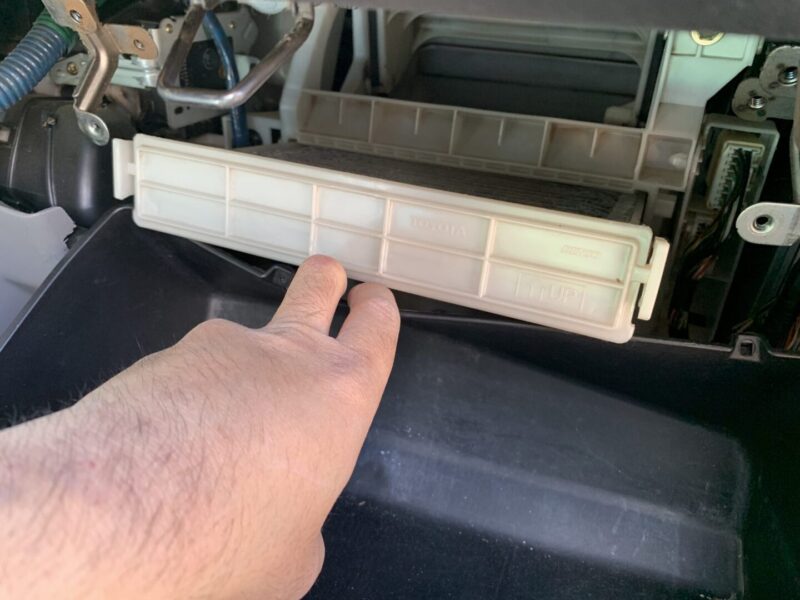
Once the tray is removed, you can see that the cabin air filter sits inside. If the cabin air filter is relatively new, you might be able to just tap it on the ground to release trapped debris. However, if it is time to change out the filter, you should simply just change it out.
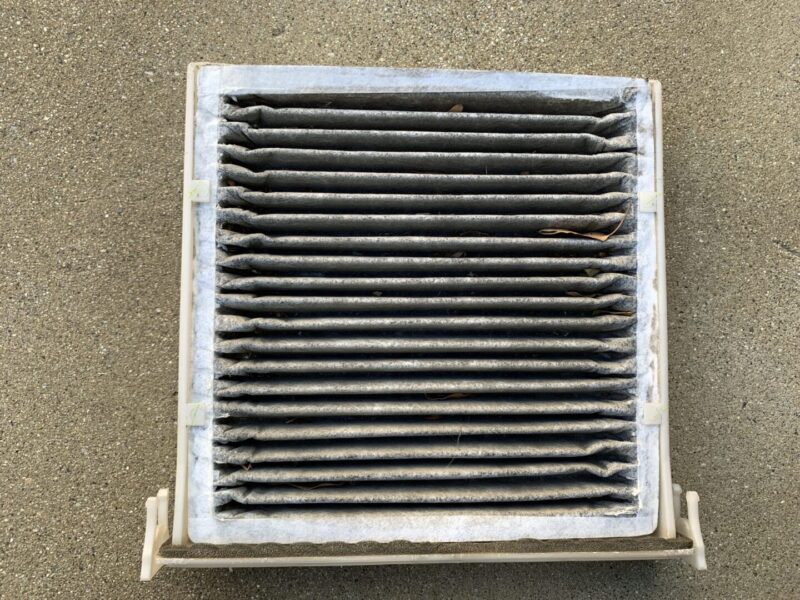
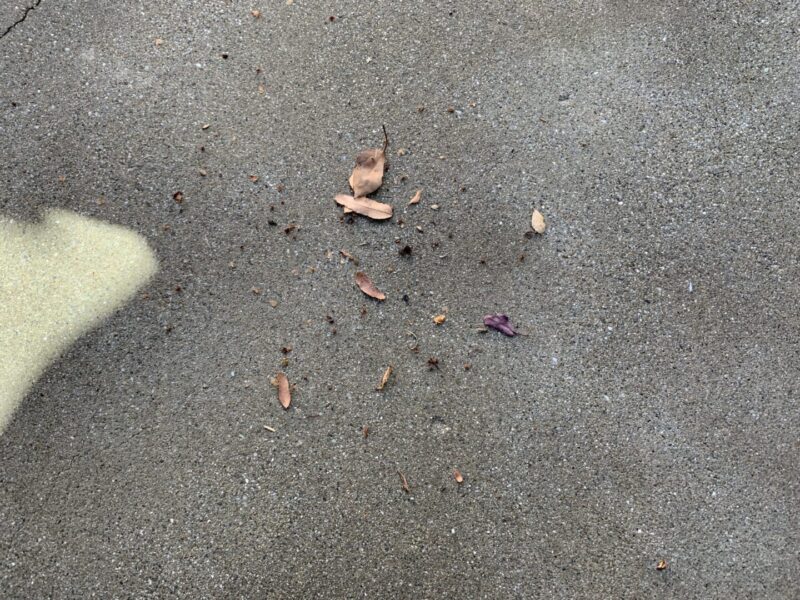
If you look closely at the filter element, you can see that in addition to the larger debris stuck in it, there is still a lot of dust, dirt, and more stuck within the element. This not only reduces the effectiveness of the cabin filter, but it also reduces the air flow that comes through.
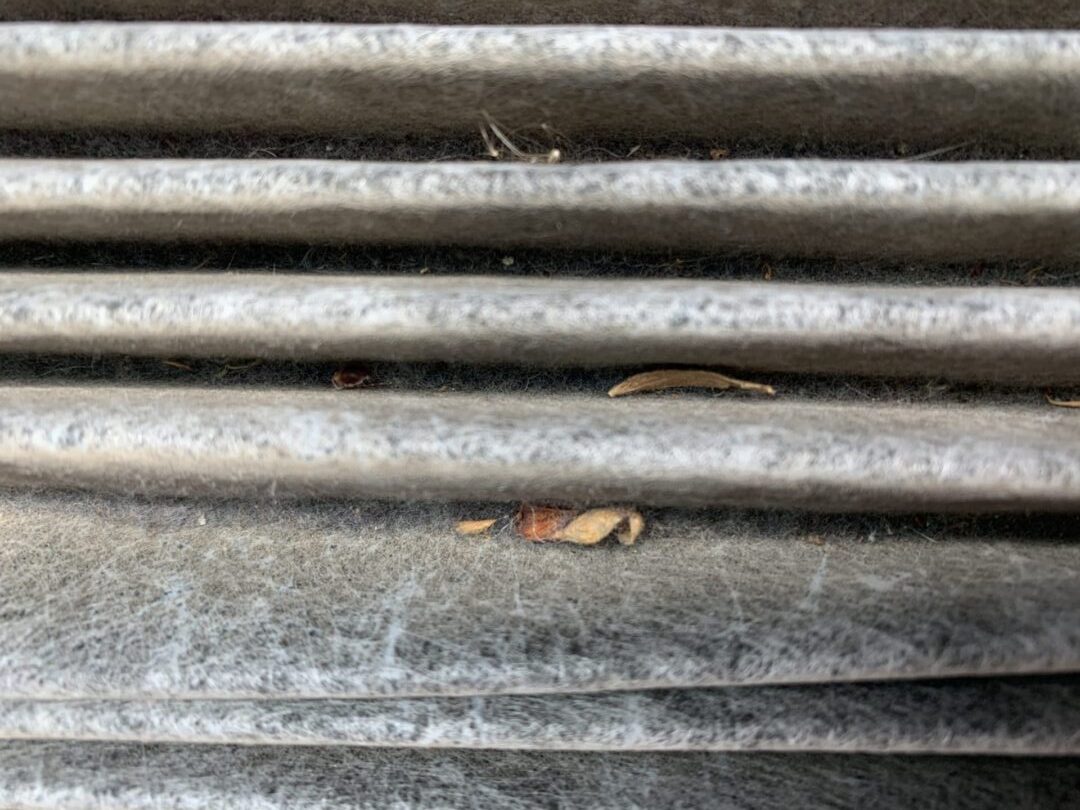
After you change the cabin air filter out, you can re-install everything back the opposite order you removed it. And that’s all there is to it; now you can drive your car knowing that the air inside the cabin is being filtered effectively again.
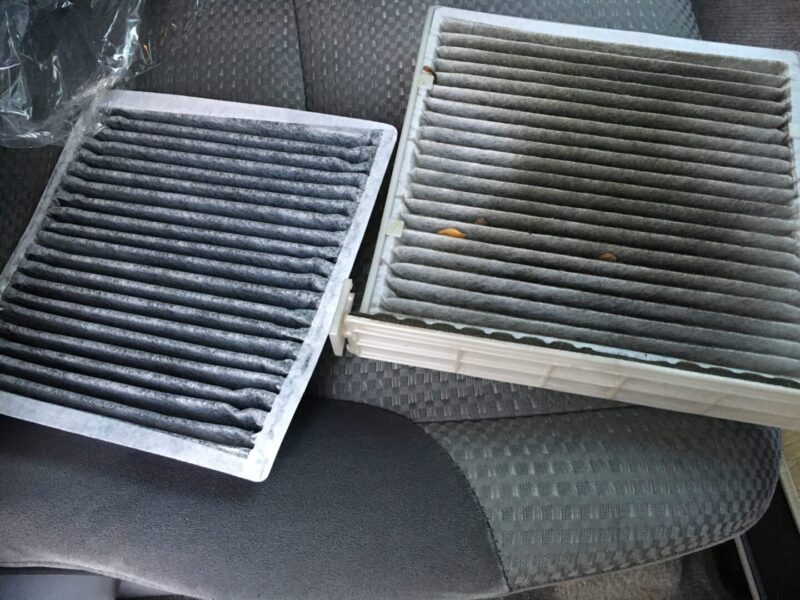
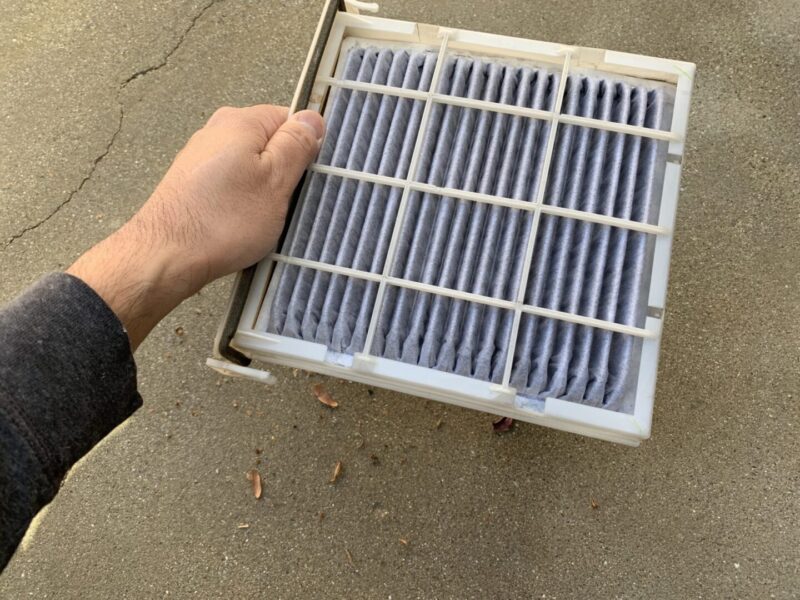


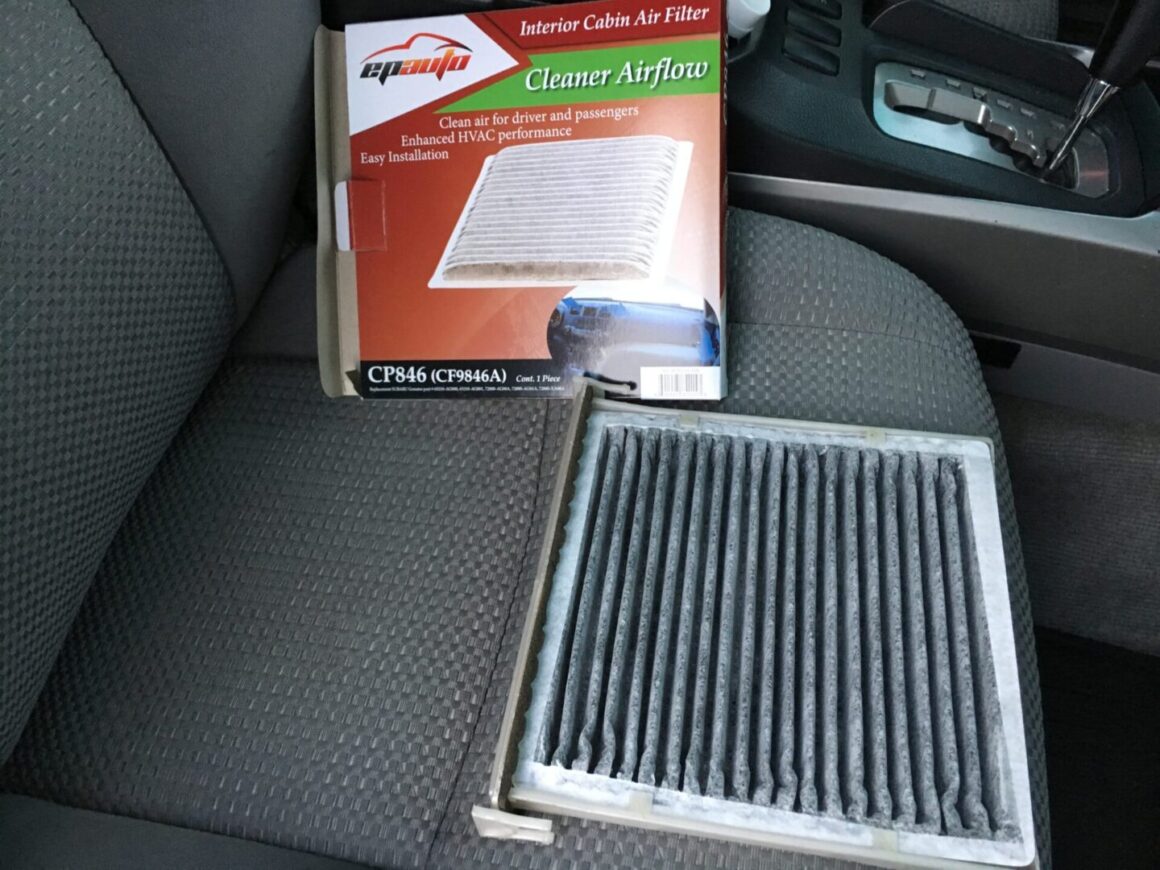
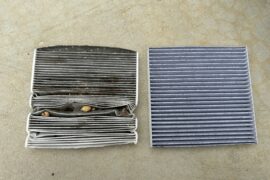
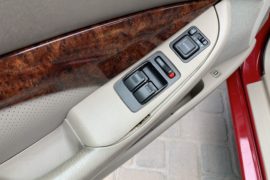
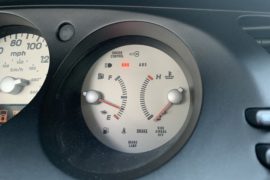
2 Comments
Good article. I may try out the charcoal filters…
Thanks. They’re so readily available that they’re easy to obtain. I just wish I didn’t have to replace them so often…